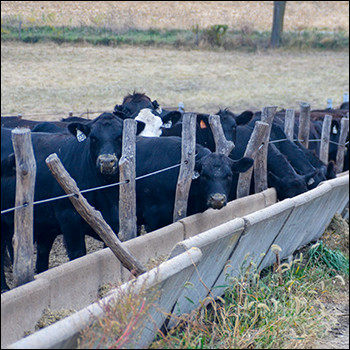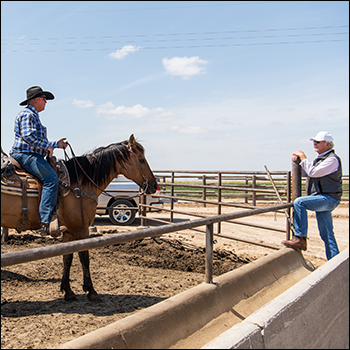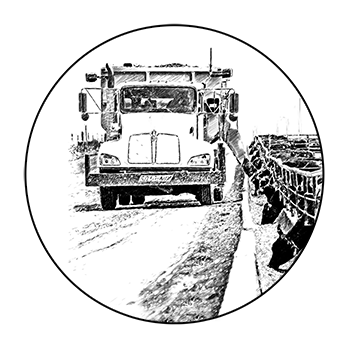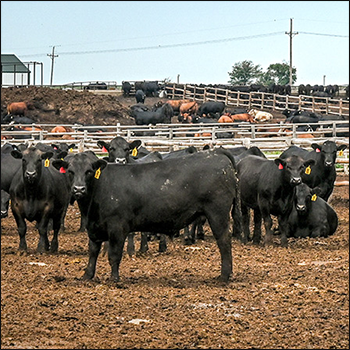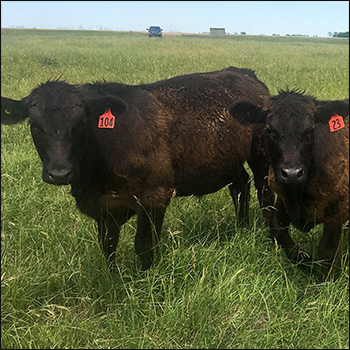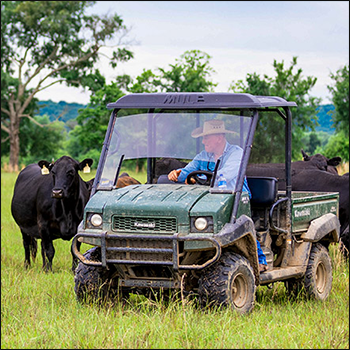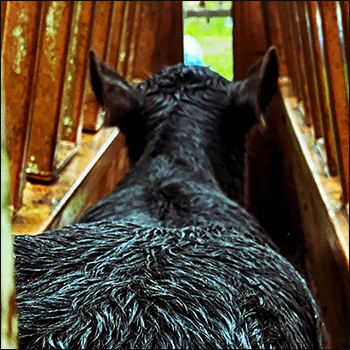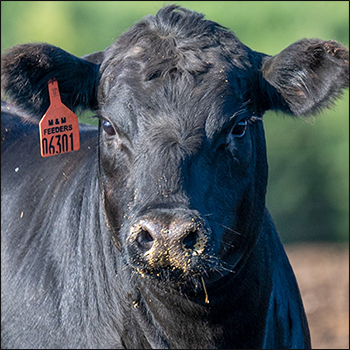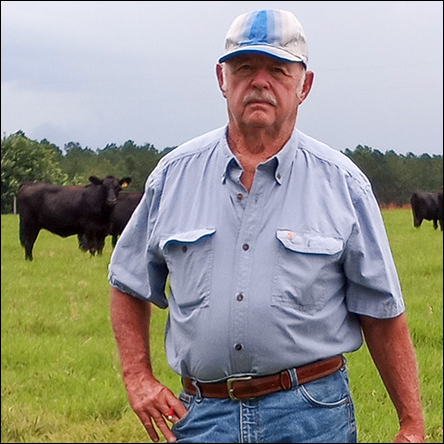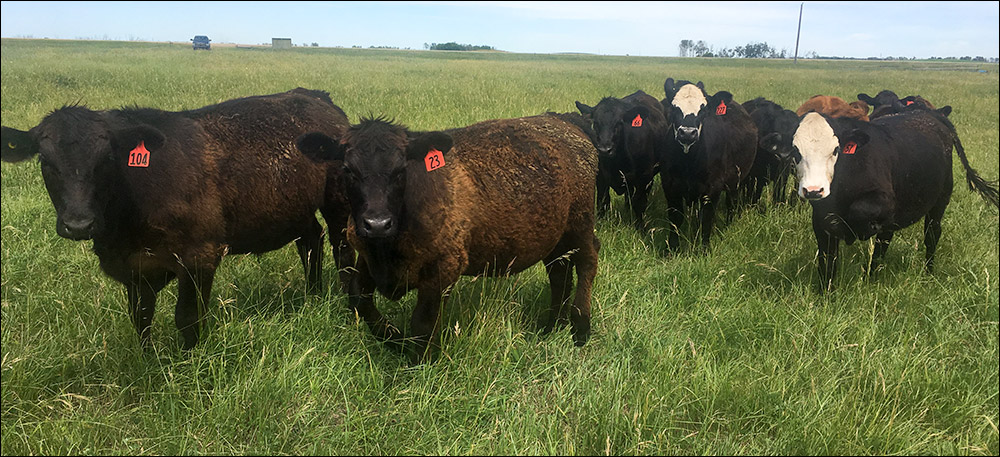
Backgrounding Calves on Pasture
Management-intensive grazing increases gains and decreases fescue toxicosis.

Some producers buy light calves in spring to put on grass and grow to larger weight. Some buy weaned calves to put into a confinement program on a growing ration — until ready to go to a finishing facility. Some stocker programs have calves on pasture in the fall after fall rains stimulate regrowth of grass.
Eric Bailey, state extension beef specialist at the University of Missouri, says some producers in his state background calves on forage, but most pastures are tall fescue, which usually doesn’t produce the best gains.
A good pasture might support one steer per acre, Bailey says. “If you are only keeping them 90 days, instead of 150-180 days, it might support 1.5 steers per acre while it is growing. In my research I’ve been running stockers on fescue, attempting to develop an intensive early stocking system for stocker cattle, based on tall fescue.”
In a project conducted at the Southwest Research Center at Mount Vernon over two years, Bailey managed 1.5 500-pound (lb.) steers per acre.
His goal is to enhance stocker-cattle systems by using an intensive early stocking system in the Fescue Belt — looking at timing of grazing and a shorter-duration program.
“Many people think of a backgrounder/stocker system as 150- to 180-day grazing program, but many years ago they figured out in the Flint Hills that by running twice as many animals for half the time, you harvest forage at its highest quality early in the season. You don’t subject those cattle to summer slump, and this has been very successful,” he continues.
The cattle are not affected by the heat of late summer and the effects of fescue, which reduces their ability to handle the heat and negatively affects gain.
“The way our fescue grows, we get two growth peaks. The first is from early April into June. Then we get a second peak of growth in September-October. Good fescue will produce 4 tons of forage per acre, and we get about ⅔ of that in the spring and ⅓ in the fall. There’s tremendous potential for some cow-calf operations to rethink their program and include some stockers,” he says.
“Over the last few years, we’ve been turning cattle out on fescue in mid-April and pulling them off 60 days later. We’re seeing nearly 2 pounds average daily gain, putting more than 100 pounds on those calves. On a gain-per-acre accounting, it’s more than 160 pounds of gain per acre,” says Bailey.
These cattle were not provided any supplement except salt and mineral.
Originally the goal was to study tall fescue and problems related to toxins that concentrate in the seedheads. They stumbled onto the use of stocker cattle to graze fescue before it makes seedheads.
A local producer supplied cattle for the project.
“We take care of the cattle, and the owner pays the market rate for grass, which generates revenue for our research. We saw modest benefits from our herbicide treatments of fescue, but our control group on the endophyte-infested tall fescue (Kentucky 31) did much better than expected. We set those cattle up to fail, because many folks said stocker cattle in Missouri without supplement will only gain ½ to ¾ of a pound daily, but when we set up our experiment, we didn’t want to put those cattle through the summer slump and pulled them off early to help the cattle owner,” he explains.
“We weren’t thinking in terms of an intensive early stocker program, and just stumbled onto it. They grazed the fescue before seedheads came on, and we took them off before the heat of summer when it might have affected them most adversely. We are excited about it, and have a couple years of data on this approach,” says Bailey.
They used a chemical herbicide, and timing was crucial to effectively control seedheads.
“I think we can get to where we can put 150 to 180 pounds on these cattle over a 90-day grazing period. Even though gains are impressive on a per-acre basis, I don’t know if people will be motivated by 100 pounds of gain in 60 days. The Flint Hills system is predicated upon 150-200 pounds in 90 days, and I believe we could match that. We just need to tinker with this and fine-tune it,” he says.
For the research, cattle continuously grazed the pastures — but Missouri has been a leader in rotational grazing systems and intensive grazing, and Bailey says the sky is the limit for the benefits of using rotational grazing in conjunction with an intensive early stocking system on tall fescue.
Management-intensive grazing (MiG) is a great tool, but he says he knows the effort it takes. It’s not for everyone. He tries to create simple systems that can work for the broader segment of cattle producers. The goal is to try to help everybody do a better job in whatever way they can accomplish it.
“I am excited about this project. We will try to develop more of a pasture-based background/stocker system that’s a little less reliant on inputs,” he says.
Editor’s note: Heather Smith Thomas is a cattlewoman and freelance writer from Salmon, Idaho. Photo by Janelle Smith.
